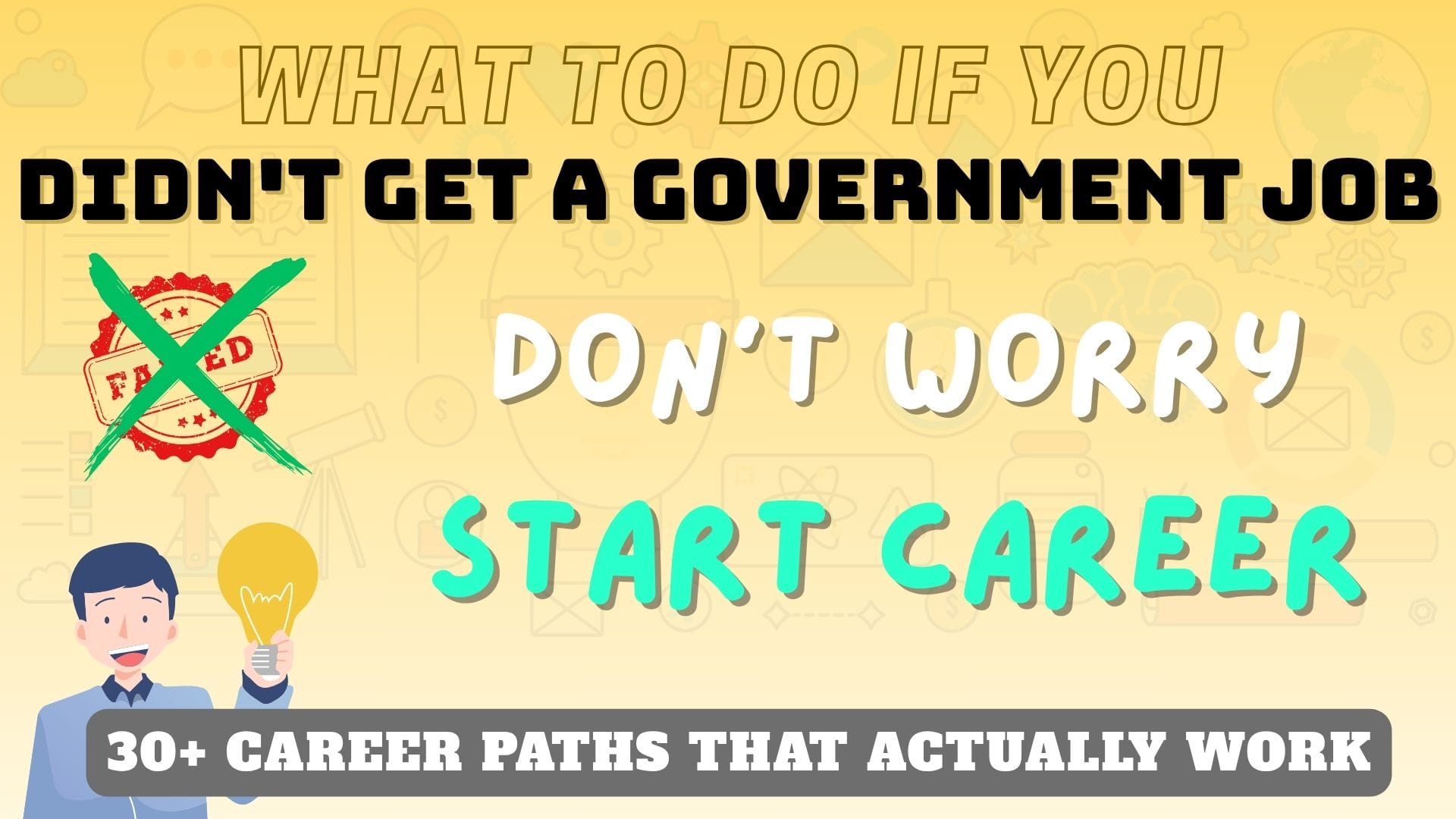Introduction to Graphic Design and UI/UX
Graphic design and UI/UX design are creative disciplines that power the digital world. While graphic design focuses on visual storytelling through images, typography, and layouts, UI (User Interface) and UX (User Experience) design emphasize creating intuitive, efficient, and enjoyable digital experiences.
Graphic designers craft visual identities, marketing assets, and print materials. In contrast, UI/UX designers design how users interact with apps, websites, and digital products – ensuring seamless usability.
UI and UX often overlap. UI is more about designing visual interfaces, buttons, layouts, and screens, while UX ensures the entire journey, from first click to final task, feels smooth and intuitive.
Why Choose a Career in Graphic Design (UI/UX)?
Job Demand and Market Growth
The digital transformation has made UI/UX design a core requirement across industries. From startups to tech giants, everyone needs intuitive interfaces. The U.S. Bureau of Labor Statistics projects strong growth for digital designers through 2032.
Flexibility and Creative Freedom
Whether you work in-house, freelance, or remotely, design offers flexible career paths. You can create mobile apps one week and revamp a website the next.
High Salary Potential
UI/UX designers enjoy competitive salaries. Entry-level roles average around $65,000 annually, while senior designers often earn six figures. Freelancers can charge premium rates for niche expertise.
Educational Requirements and Pathways
Formal Degrees vs. Online Courses
Many designers start with a Bachelor’s in Graphic Design, HCI (Human-Computer Interaction), or Visual Arts. However, degrees aren’t mandatory.
Bootcamps and Certification Programs
Online platforms like Google UX Design Certificate, Springboard, and CareerFoundry offer intensive bootcamps that teach job-ready skills in under 6 months.
Recommended Universities and Platforms
California College of the Arts – Graphic Design
Interaction Design Foundation – UX certification
Coursera and LinkedIn Learning – Affordable and flexible options
Essential Skills for UI/UX Graphic Designers
Creativity and Visual Thinking
You’ll solve problems with color, layout, and imagery. A strong eye for detail and aesthetics is essential.
Wireframing and Prototyping
Tools like Figma and Sketch help visualize structure before development begins.
Typography and Color Theory
Choosing fonts and colors isn’t about taste—it’s about readability, accessibility, and user emotion.
Communication and Collaboration
Designers often work with developers, marketers, and clients. Clear communication ensures your vision aligns with project goals.
Important Software and Tools to Master
| Tool | Purpose |
|---|---|
| Adobe Photoshop & Illustrator | Image editing and vector design |
| Figma | Collaborative UI design and prototyping |
| Sketch | UI design for Mac users |
| Adobe XD | UX workflows and animations |
| InVision | Prototyping and design systems |
| Canva | Lightweight graphics for social media |
Mastery of these tools gives you a competitive edge in any UI/UX role.
Building a Strong Foundation in Design Principles
Principles of Layout and Composition
Good design balances elements using grids, hierarchy, and alignment.
Understanding User Behavior
Design decisions should be rooted in psychology—knowing how users think improves their experience.
Responsive Design and Accessibility
Ensure your designs work across devices and are accessible to users with disabilities by using tools like WCAG guidelines.
Learning the UI/UX Design Process
Research & Personas – Understand your target audience.
Wireframing & Mockups – Create layout blueprints and visual previews.
Prototyping – Build interactive versions of your designs.
Usability Testing – Collect feedback from real users and iterate.
This cycle repeats as you improve the product with every version.
How to Gain Real-World Experience
Internships and Freelance Projects
Start with small gigs—designing a logo, building a landing page, or revamping a nonprofit’s website.
Open-Source and Volunteer Design
Contribute to platforms like GitHub or nonprofits on Catchafire.org.
Building Case Studies
Every project becomes a portfolio piece. Document your process: problem, solution, tools, and outcomes.
Creating a Winning UI/UX Portfolio
Your portfolio is your ticket to a great job. Here’s how to build one that stands out:
What to Include
3-5 complete projects
Problem statements
Wireframes and final visuals
Reflections on challenges and solutions
Portfolio Platforms
Behance
Dribbble
Webflow (build your own site!)
Presentation and Storytelling Tips
Don’t just show designs—tell a story. Explain your decisions and highlight results.
Crafting an Impressive Resume and Cover Letter
Tailoring for UI/UX Jobs
Highlight your design process, tools mastered, and real-world outcomes.
Use Action Verbs
Instead of “Responsible for,” use “Designed,” “Led,” or “Improved.”
Common Mistakes to Avoid
Typos
Overloading with jargon
Irrelevant experiences
Where to Find Jobs and Freelance Gigs
| Platform | Type |
|---|---|
| Full-time, Remote, Hybrid | |
| AngelList Talent | Startup jobs |
| Upwork & Fiverr | Freelance gigs |
| Toptal | Premium freelance clients |
| Remote OK | Remote-first companies |
Also, network via Twitter, Slack communities, and Reddit design subs.
Preparing for Interviews and UX Challenges
Common Interview Questions
“Describe your design process.”
“Tell me about a time you failed and what you learned.”
Take-home Assignments
Always explain your design rationale when submitting UX challenges.
UX Whiteboard Challenges
Practice sketching solutions to user problems in real-time.
Continuous Learning and Career Growth
Stay current in this fast-evolving field.
Follow blogs like Smashing Magazine and Nielsen Norman Group.
Join communities: UX Design Slack, Product Hunt, and Designer Hangout.
Attend events: Adobe MAX, UXDX, and Awwwards conferences.
Transitioning from Other Careers into UI/UX Design
Transferable Skills
Teachers, marketers, and even engineers bring critical thinking, empathy, or tech skills to UX.
Re-Skilling Strategies
Start with free courses, practice with real projects, and work your way up.
Real-Life Career Change Stories
Thousands of professionals have successfully shifted to design. Find mentors on ADPList and UX Coffee Hours.
Salary Expectations and Earning Potential
| Role | Average Salary (USA) |
|---|---|
| Junior UI/UX Designer | $65,000/year |
| Mid-Level Designer | $80,000–$100,000/year |
| Senior Designer | $110,000+ |
| Freelancers | $40–$100/hour |
Factors include location, experience, and industry.
Common Mistakes to Avoid in Your UI/UX Journey
Skipping User Research – Always know your audience.
Overdesigning – Simplicity often wins.
Ignoring Feedback – Growth comes from critique.
Neglecting Mobile Design – Most users are on phones.
FAQs About Becoming a UI/UX Graphic Designer
Q1: Do I need a degree to become a UI/UX designer?
No, many successful designers are self-taught or certified through bootcamps.
Q2: What’s the difference between UI and UX?
UI is the visual layout; UX is how the user feels navigating through it.
Q3: How long does it take to become job-ready?
With focused learning, you can start applying for jobs in 6–12 months.
Q4: Can I switch from graphic design to UX/UI?
Yes! Your visual skills provide a strong foundation for user interface design.
Q5: What programming languages should I learn?
It’s not mandatory, but basic HTML, CSS, and JavaScript help communicate with developers.
Q6: What’s the best way to learn UI/UX on a budget?
Start with free content on YouTube, then explore low-cost courses on Coursera or Udemy.
Conclusion: Your Roadmap to a Creative and Rewarding Career
Becoming a graphic designer in UI/UX is a fulfilling journey of continuous creativity and innovation. With the right skills, tools, and mindset, you can turn your passion into a profession that shapes the digital world.
Start today. Sketch ideas. Learn tools. Connect with the design community. Your future as a UI/UX designer is waiting!
Latest Posts
- Eastern Railway Apprentices 2025: 3115 ITI Jobs, No Exam!
- IBPS Clerk 2025: Incredible Opportunity with 10277 Posts (CRP CSA XV)
- Get Government Job Without Coaching 2025: Proven Tips, Free Resources & Daily Strategy
- SBI PO Admit Card 2025 OUT: Direct Link, Steps to Download & Exam Date
- APPSC Forest Section Officer 2025: Official Notification, 100 Vacancies, Apply Now!





